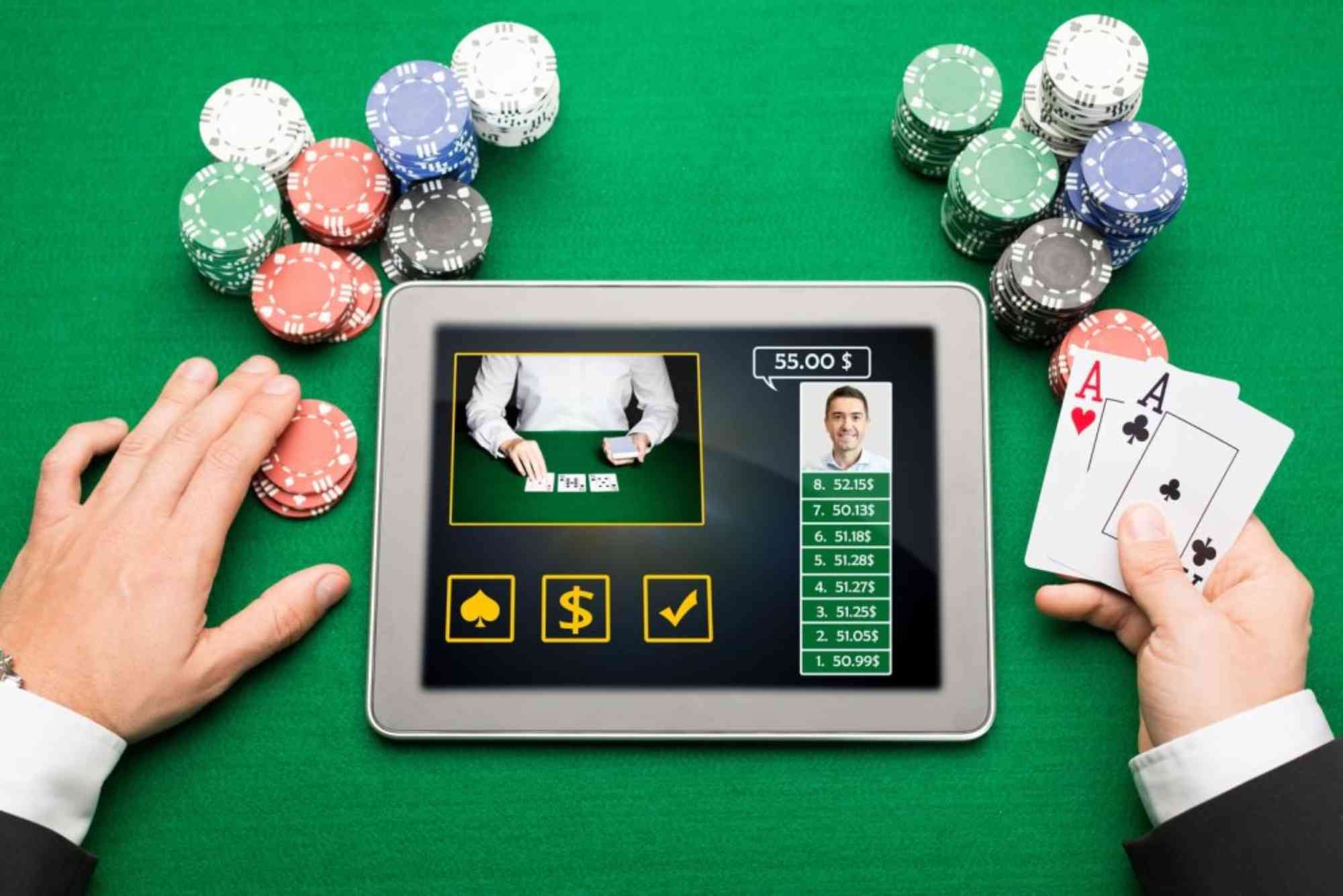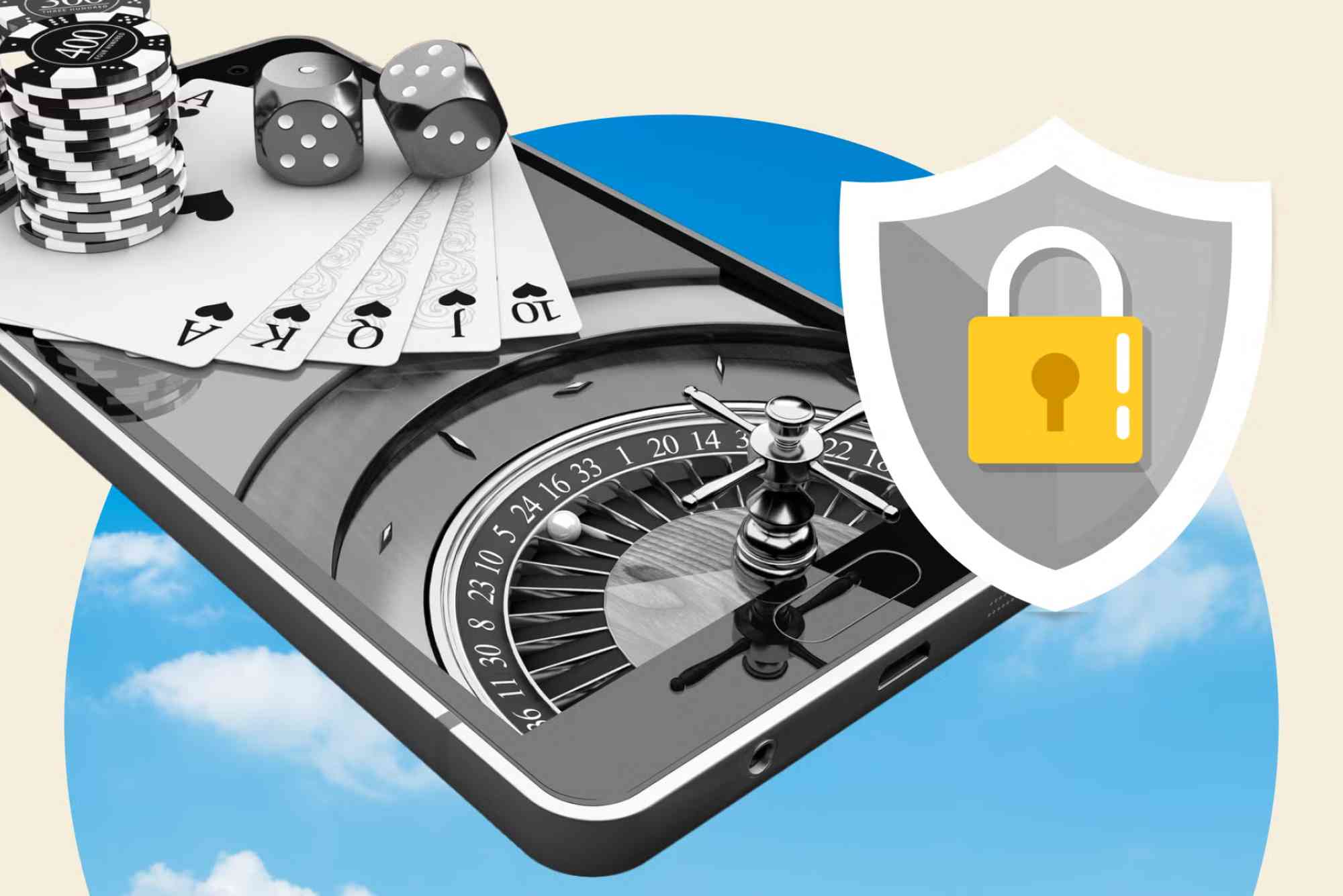I’ve lost count of how many times I’ve stared at a glowing “MAX BET” button wondering if tonight’s the night I should just slam it. The temptation is real: bigger stakes, bigger thrills, bigger potential payouts. But there’s that nagging voice—usually the same one that reminds me to bring a phone charger—that says, “Slow down, make it last.” After years of playing everything from volatile Megaways slots to long blackjack grinds, I can tell you the answer isn’t a simple yes or no. It’s about math, mindset, and the environment you’re playing in.
The goal here is to unpack both strategies in a way that actually helps you decide how to play your next session. I’ll share the frameworks I use, the mistakes I’ve made repeatedly (learn from them!), and the situations where max bet really does make sense.
What “Bet Max” Really Means—Beyond the Button
On slots, “bet max” usually means activating every payline and the top coin value, sometimes unlocking bonus reels or side features. On table games, it’s the top of the posted limit, which can jump from £100 to £5,000 depending on the venue. In live dealer shows, maxing often opens enhanced multipliers or exclusive side bets. The common thread is risk concentration: you’re committing a bigger chunk of your bankroll to each outcome.
The psychological pull is obvious. One spin, one hand, one wheel hit, and your session could be “made.” But variance—the natural up-and-down swings of gambling outcomes—cares nothing for your feelings. If the game is volatile, maxing out can drain you before the big hit shows up.
Where You Play Matters: Rules, Payout Speed and Self-Control
Regulation shapes everything from RTP disclosures to withdrawal times. UK-licensed sites follow strict rules, but players often look for flexibility elsewhere. Discussion boards are full of people hopping to casinos not on GamStop for fewer restrictions, faster sign-ups, or higher limits. That freedom cuts both ways. Without built-in brakes like deposit caps and cooling-off periods, you must be your own regulator. Whichever route you choose, understand the cashout policies and game transparency before you even think about pressing “max.”
The Hidden Cost of Waiting for Payouts
A slow cashier can turn a smart bankroll strategy into misery. If it takes five days to see your winnings, you might be tempted to keep playing them back. Quick withdrawals support discipline: you book the win, step away, and live to play another day. That’s part of bankroll management most “strategy” guides ignore.
The Math: RTP, Volatility and Bankroll Life Expectancy
Return to Player (RTP) is the long-term payback percentage. A 96% RTP slot gives £96 back on average for every £100 wagered—over millions of spins. Your short-term reality is governed by volatility: how that RTP is distributed. High-volatility games hide most of the return in rare, huge hits. With a small bankroll, max betting on a volatile title is like buying one lottery ticket instead of twenty scratches; you either boom or bust, quickly.
Hit Frequency vs. Payout Size
Low-volatility games (think many classic slots or low-limit blackjack) give you frequent small wins. High-volatility titles (cluster pays, expanding reels, progressive jackpots) hit less often but hard. Betting max increases both the absolute size of a hit and the absolute size of a loss. If your bankroll can’t sustain the drought, you’ll never see that “top symbol x 10,000” moment.
Session Length as a Resource
I treat “time at the table” as part of my EV (expected value). If I’ve got £200 for the night, I can fire twenty £10 spins on a volatile slot, or two hundred £1 spins. The second option gives me ten times more chances to trigger a feature. If the bonus round is where the real RTP hides, more attempts = better odds of experiencing it in one session.
Bankroll Framing: Units, Not Pounds
One mental trick that saved me: convert your bankroll into units. Decide what a single “unit” is based on the game’s volatility. On low-volatility blackjack, maybe a unit is 1% of your bankroll; on high-volatility slots, 0.25% might be smarter. Units make it easier to compare apples to apples. If a “max bet” equals ten units, you’ll instantly see how many bullets you’re burning.
Kelly Fraction Without the Jargon
The Kelly Criterion (from finance) tells you what fraction of your bankroll to bet when you have an edge. We usually don’t have an edge in casino games, but the principle still helps: never wager more than a small, consistent fraction of your stack on a single outcome. Half-Kelly or quarter-Kelly ideas translate into “bet small enough that a losing streak won’t wipe you.”
When Max Bet Actually Makes Sense
There are exceptions where firing big is rational, not reckless.
Progressive Jackpots with Bet-Dependent Eligibility
Some jackpots only trigger—or pay the top tier—at max bet. If hitting the jackpot is the only reason you’re playing that slot, then under-betting is literally lighting EV on fire. Either bet max or pick a different game.
Table Games with Fixed Edges
On blackjack with decent rules or even baccarat, the house edge is flat. If your session goal is a quick double-up and you accept the risk of tapping out fast, a few max hands can be logical. Just be honest about the risk: you’re flipping coins with a slight disadvantage. Are you okay if it ends in five minutes?
Bonus Hunts or Wagering Requirements
Sometimes promotions change the equation. If you need to churn a large wagering requirement, bigger bets can reduce the number of spins/hands needed, minimizing exposure to random swings. But be careful: some casinos cap max bet during wagering. Break that rule and your bonus (and winnings) can vanish.
Stretching Your Bankroll Without Feeling Bored
Playing small doesn’t have to feel like watching paint dry.
Scale Bets Around Events
I often downsize while I’m hunting a feature, then ramp up a notch for a few spins after a dead session to try and capture a potential “compensation” cycle. It’s pure gambler’s fallacy if you believe a bonus is “due,” but variable staking can keep you engaged without torching the roll.
Session Segments
Divide your bankroll into mini-sessions. For a £300 roll, I might run three £90 segments on different games, keeping £30 as a “victory lap” fund if any segment goes well. This keeps me from chasing losses on one title and gives me built-in stopping points.
Timeboxing
I set a 45-minute timer for slots. When it rings, I assess: am I up, down, bored? If I’m up, I pocket half and continue with the rest. If I’m down and annoyed, I bail. Max betting can’t coexist with boredom; that’s when you tilt.
Real-World Scenarios
Imagine you bring £150 to a Friday-night online session.
Scenario A: Max Bet Strategy
You pick a volatile slot with £3 max bet. Average hit rate is 1 in 4 spins, but meaningful wins arrive in the bonus. You’ve got 50 spins before you tap out. If the feature doesn’t arrive, you’re done in 15 minutes. If it does—and it’s one of those 400x monsters—you’re celebrating.
Scenario B: Bankroll Stretch
Same slot, but you bet £0.60. Now you have 250 spins. Your chance of seeing at least one bonus skyrockets, and multiple small features might keep you afloat. You won’t spike a four-figure win, but the session will be longer, and your bankroll line will zig-zag gently instead of cliff-diving.
Neither approach is “wrong.” It’s a matter of preference: do you want a lottery ticket or a night of entertainment with a chance at profit?
My Personal Ruleset (That I Actually Follow…Most Days)
I decide the “mission” before I deposit. Am I chasing a specific jackpot or just want a chill two-hour stream while chatting? If it’s the former, I accept high volatility and bigger bets. If it’s the latter, I size down ruthlessly.
I refuse to move the goalposts mid-session. If I said I’d stop at -£100, I stop. If I doubled the bankroll, I withdraw half immediately. The number of times I’ve protected a profit simply by hitting “withdraw” the moment I was up 100% is embarrassingly low—but improving.
I also review my transaction history monthly. Patterns jump out: games that constantly drain me, mindless 3 a.m. deposits, “revenge sessions” after a bad beat. Seeing it in black and white is the slap in the face we all occasionally need.
So…Max Bet or Stretch?
If you forced me to answer in one line: stretch your bankroll unless there’s a clear mathematical or structural reason to bet max. Most casino games are designed to reward longevity with entertainment and occasional spikes. Max betting magnifies variance. Sometimes that’s thrilling and worth it; most of the time, it’s just expensive adrenaline.
Ultimately, smart gambling is about intention. Choose your stake size to match your goal, not your ego. The casino—physical or digital—will always give you the option to overbet. Your edge comes from saying “not today” until it truly makes sense.




